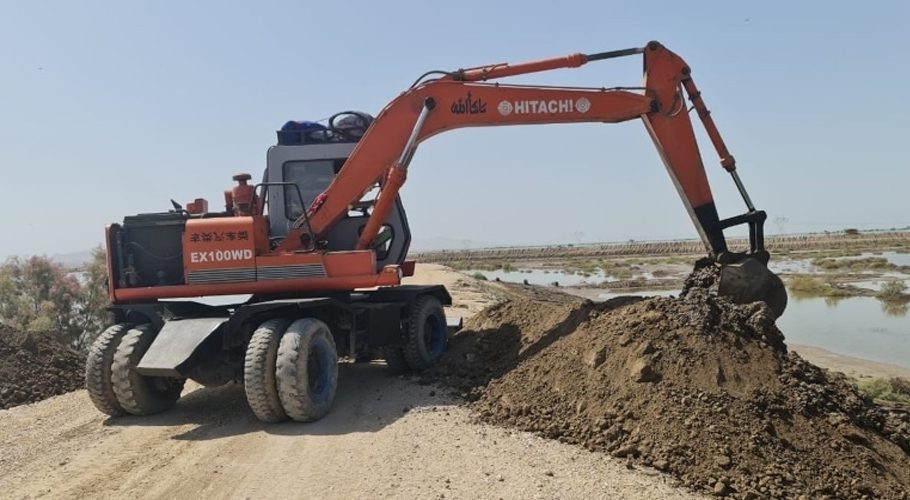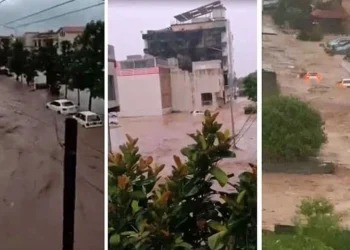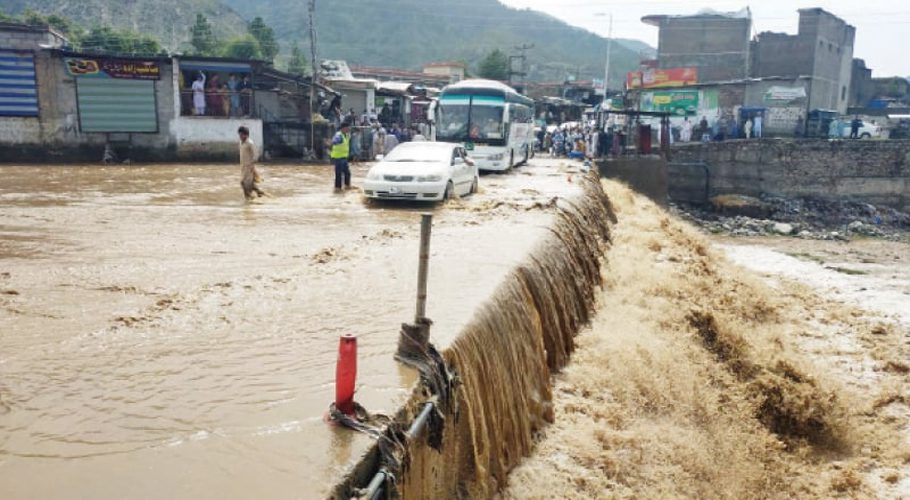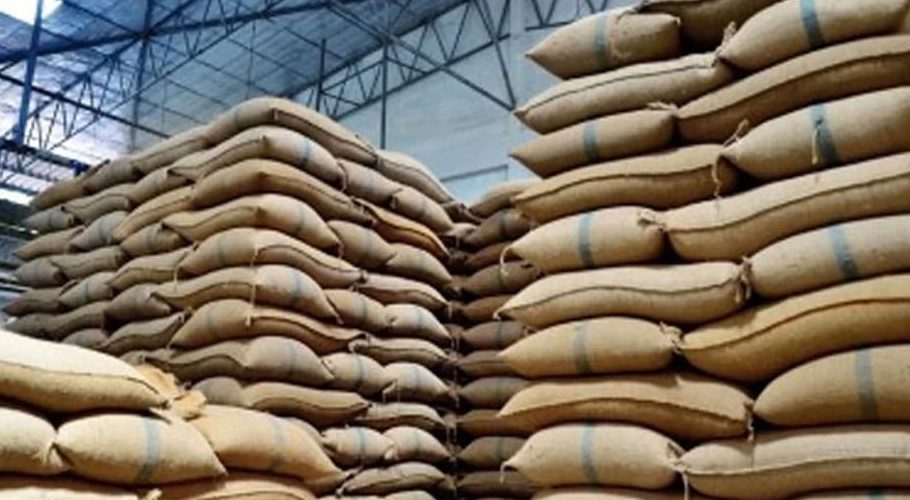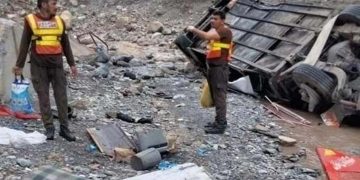DADU: After the increasing water level in Manchhar Lake posed a serious threat to scores of surrounding villages, the Irrigation authorities have made a cut at Bagh-e-Yousuf to release water pressure and save Dadu and Sehwan from drowning.
Surging water at the lake was exerting pressure at the gates of Danister canal while causing a critical situation at MNV drain.
The water that will be released from the lake at RD-14 will eventually reach River Indus, which is already in high flood, the peak of which has passed through Sukkur Barrage. Irrigation officials now hope that the river will start accepting water from the lake.
Officials decided to make the cut due to the critical condition of the lake’s dyke since yesterday’s evening.
“There is strong wave-wash action triggered by strong winds,” Superintending Engineer Mukhtar Abro was quoted as saying in Dawn.
Yesterday, the local administration started to evacuate people living in nearby villages after water level in Manchar lake had reached a dangerous level.
According to deputy commissioner Jamshoro, the continuous rise in water level at Manchar Lake posed a risk of breakage in the dam.
Moreover, a high flood of 560,000 cusecs will pass through Kotri Barrage today and has already entered Badin, the Sukkur Barrage control room in-charge said, with the undeterred water causing widespread devastation and fatalities in different areas of the country.
Kotri Barrage lies on the Indus River between Jamshoro and Hyderabad in Sindh, where the situation has been bleak ever since the flooding started last month.
Meanwhile, the Met Office has forecast that upper regions of the country may receive thundershowers for the next three to four days, though Sindh, Balochistan and south Punjab are expected to experience hot and humid weather during these days.
Moreover, the National Disaster Management Authority (NDMA) said on Saturday that the death toll since June 14 has reached 1,290 with 29 people dying in the last 24 hours.
Large parts of the country remain submerged – particularly the provinces of Balochistan, Khyber Pakhtunkhwa and Sindh in the south. At least 180 people have died in Sindh followed by Khyber Pakhtunkhwa (138) and Balochistan (125).
At least, 1,468,019 houses have been partially or totally damaged, while 736,459 livestock have been killed due to the floods.







